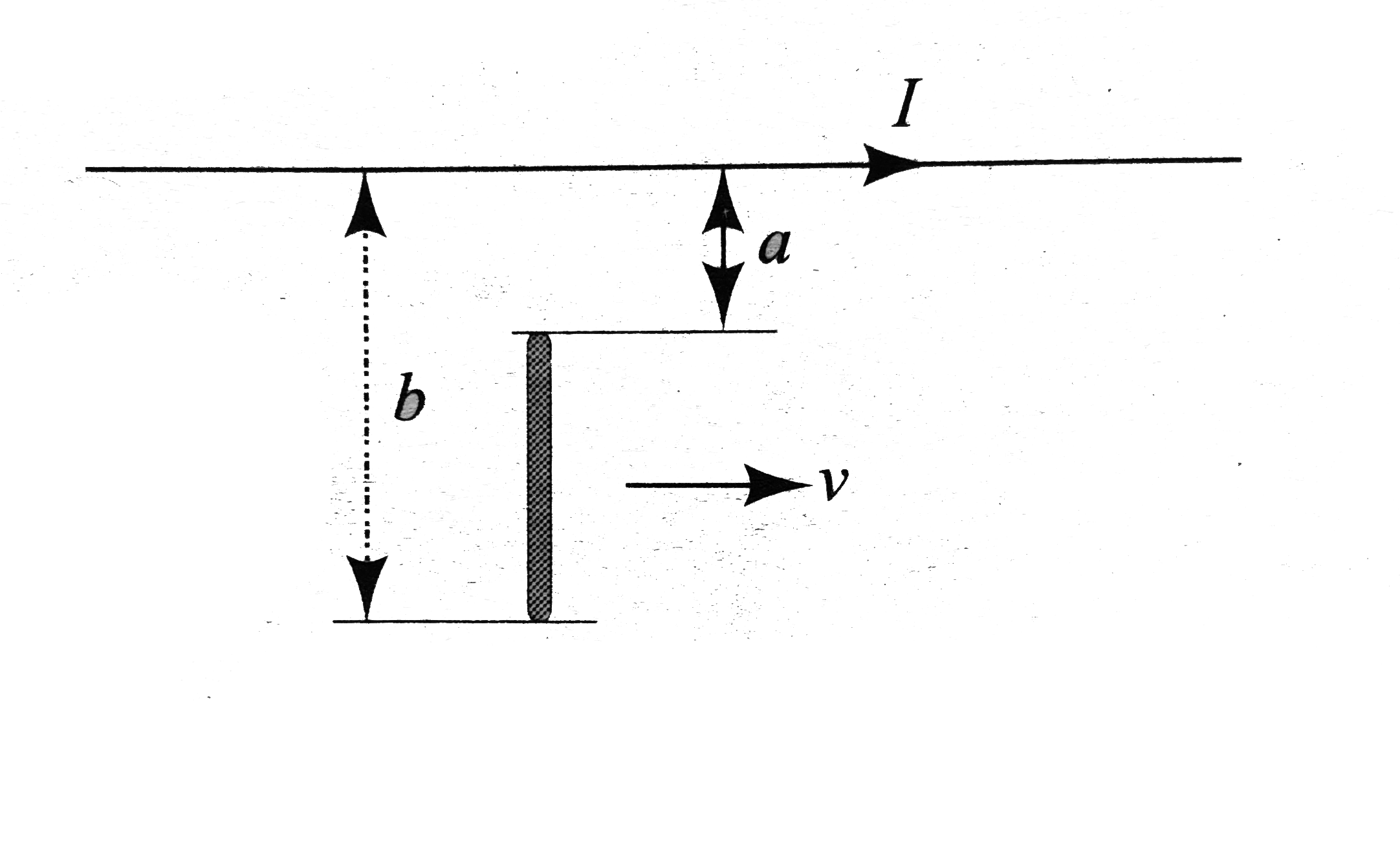Two long concetric cylindrical conductors of radii a and b (b<a) are maintained at a potential difference V and carry equal and opposite currents l. Show that an electron with a particular velocity u parallel to the axis may travel underivated in the evacuated region between the conductors, and calculate u when a = 50 mm, b = 2.0 mm, V = 50 V and l = 100 A.
It is also possible for the electron to travel in a helical path. By regarding such a path as the combination of a circular motion perpendicular to the axis with a steady velocity parallel to the axis, indicate without detailed mathematics how this comes about.
For the electron to go undeviated u=2πVμ0lIn(ab)
Topper's Solved these Questions
- MOVING CHARGES AND MAGNETISMBOOK - AAKASH INSTITUTECHAPTER - MOVING CHARGES AND MAGNETISMEXERCISE - Assignment Section I (Subjective Type Questions)
5 Videos
- MOVING CHARGE AND MAGNESIUMBOOK - AAKASH INSTITUTECHAPTER - MOVING CHARGE AND MAGNESIUMEXERCISE - SECTION D
16 Videos
- NUCLEIBOOK - AAKASH INSTITUTECHAPTER - NUCLEIEXERCISE - ASSIGNMENT (SECTION-D)
10 Videos
Similar Questions
Two long concentric cylindrical conductors of radii a and b (b<a) are maintained at a potential difference V and carry equal opposite current I. Show that an electron with a particular velocity u parallel to the axis may travel undeviated in the evacuated region between the conductors.
View SolutionA potential difference V is aplied across a conductor of length l. How is the drift velocity affected when V is doubled and l is halved ?
View Solution
Knowledge Check
When a potential difference (V) is applied across a conductor, the thermal speed of electrons is
AzeroBproportional to √TCproportional to (T)Dproportional to VWhen a potential difference (V) is applied across a conductor at temperature T, the drift velocity of electrons is proportional to
AV−1BV2C√VDVThe slope of the graph showing the variation of potential difference V on X-axis and current Y-axis gives conductor
AresistanceBresistivityCreciprocal of resistanceDconductivity
If potential difference V applied across a conductor increased to 3V, how will the drift velocity of the electrons change?
View SolutionIf the potential difference V applied across a conductor is increased to 2V with its temperature kept constant, the drift velocity of the free electrons in a conductor will-
View SolutionIf V is the potential difference between the ends of conductor and l is the current through it, then ohm's law states that
View SolutionShows a copper rod moving with velocity v parallel to a long straight wire carrying current =100A. Calculate the induced emf in the rod, where v=5mS−1, a=1cm , b=100cm.

View SolutionIf the potential difference V applied across a conductor is increased to 2V with its temperature kept constant,the drift velocity of the free electrons in a conductor will-
View Solution
